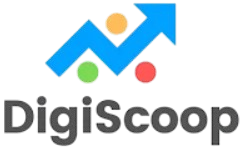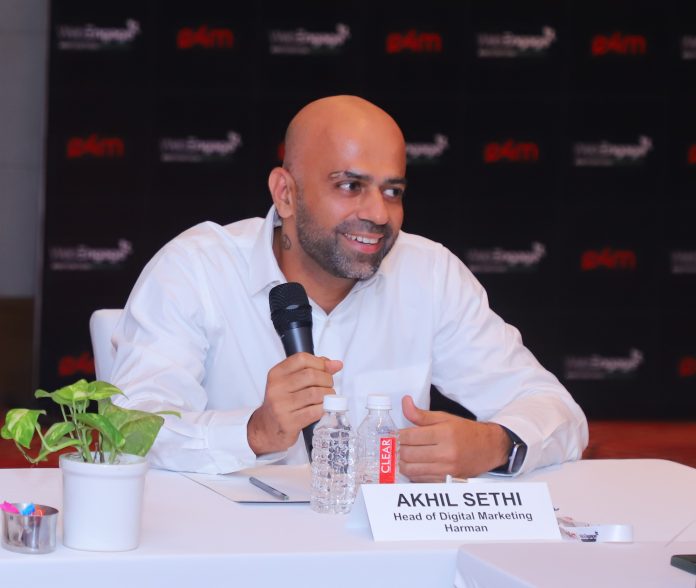In an exclusive conversation with Akhil Sethi, Head of Digital Marketing at Harman (Lifestyle Consumer Audio), shares his perspective on fostering effective brand-agency partnerships through genuine inclusion, business alignment, and strategic clarity. With over 15 years of experience across leading brands such as JBL, Panasonic, Samsung, and Vivo, he offers a nuanced understanding of how agencies can evolve from service providers to strategic collaborators. Akhil also discusses the importance of balancing long-term brand building with short-term performance goals, as well as how advancements in AI and automation are enhancing marketing precision and efficiency across digital platforms. His insights serve as a valuable guide for marketers navigating today’s evolving advertising landscape.
What is the best way to get the most out of any agency or partner? How do you ensure that a partner puts in their best resources and strives hard for the brand’s success?
This question is mostly directed towards all the marketing heads or CXOs. It’s imperative to make a genuine effort to involve and include the agency partner (or any vendor) in your ecosystem. Unless you do that, you won’t get the desired results. There are higher chances that the relationship will remain one of agency and client rather than a collaborative team working towards a common goal.
By involvement and inclusion, I meant, do they understand your actual business and marketing challenges (both short-term and long-term)? Can they solve it via their medium’s marketing suggestions? Is there clarity on the way forward?
Not only does it require time and effort, but also maturity and understanding, which many people lack.
What advice would you give to agencies or vendors in today’s ever-changing advertising landscape?
Yes, with over 15 years of experience, I’ve worked both at the agency and on the client side; hence, I can say I’m a bit more qualified to answer this for agency setups. Until and unless an agency makes a brand’s problem its own, it won’t be able to succeed. To sustain the relationship, the agency’s top management needs to understand exactly what the brand problem is and what they can do to address it. Everything flows from top to bottom. If an agency takes all things for granted and treats a particular client as only a money-minting machine, the relationship won’t be a long one.
With experience in SEM, social media, and influencer marketing, how do you balance brand-building (TOMA) vs. performance-driven KPIs in your campaigns?
In this era of specialization, I’ve been fortunate enough to work in different functions under digital marketing. Starting my career as a social media community manager, I transitioned into account management, followed by media planning and buying, and ultimately moved to the brand side, where I gained a broad range of knowledge. Not only this, but I’ve also seen how digital marketing has now overtaken other forms of advertising in terms of marketing spend across categories, which has led to a greater focus on immediate short-term results.
My suggestion to every marketer is to identify key campaigns on a yearly basis, based on product launches, key events, and other occasions, and clearly segregate them into long-term and short-term goals. For example, focusing on e-commerce sale events could help you drive immediate volume growth; however, it’s imperative to do brand (response) campaigns from a long-term perspective.
How has your leadership style evolved to adapt to trends like AI-driven marketing across your tenures at Harman/JBL, Panasonic, Samsung, and Vivo?
While we hear a lot of stories about how brands and agencies are starting to use AI now, I feel that AI was present in earlier forms as well. In terms of media marketing, this included automation, building lookalike audiences, and delivering personalized communication.
With the emergence of tools across Google (PMax), Meta (Advantage+), Amazon, and others, the use of AI combined with machine learning (ML) in marketing has reached a new level. One can create dynamic ad copies, creatives, and personalized messages and even target very specific cohorts based on end objectives with smart bidding.
As a result, the efficiency of all these platforms has improved significantly.


